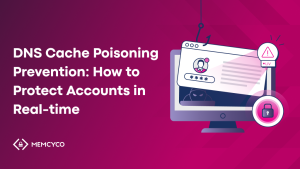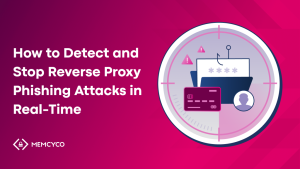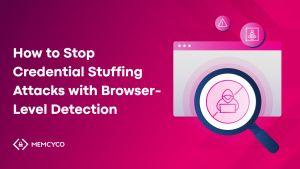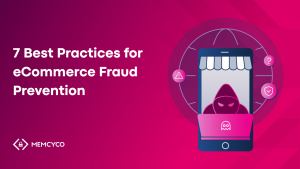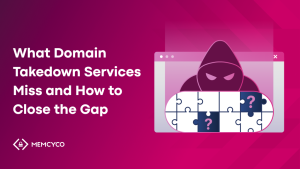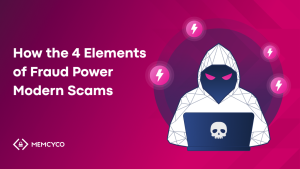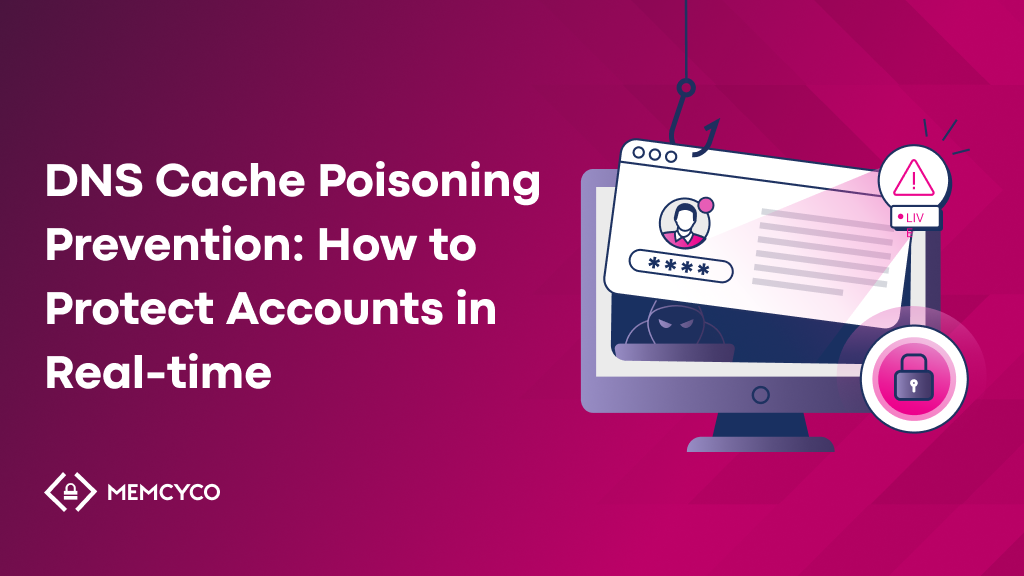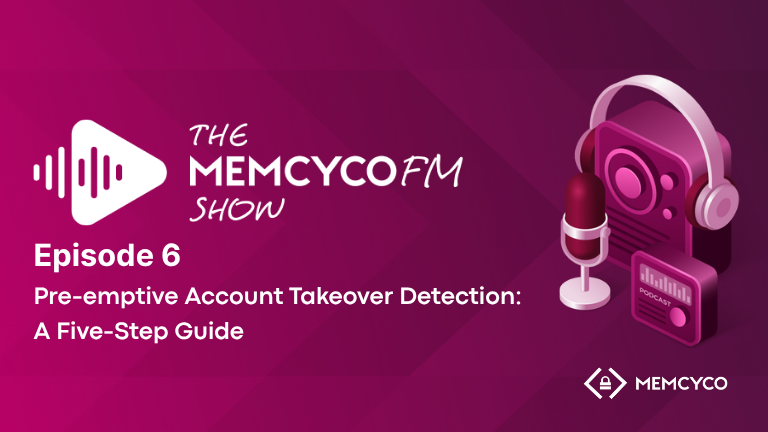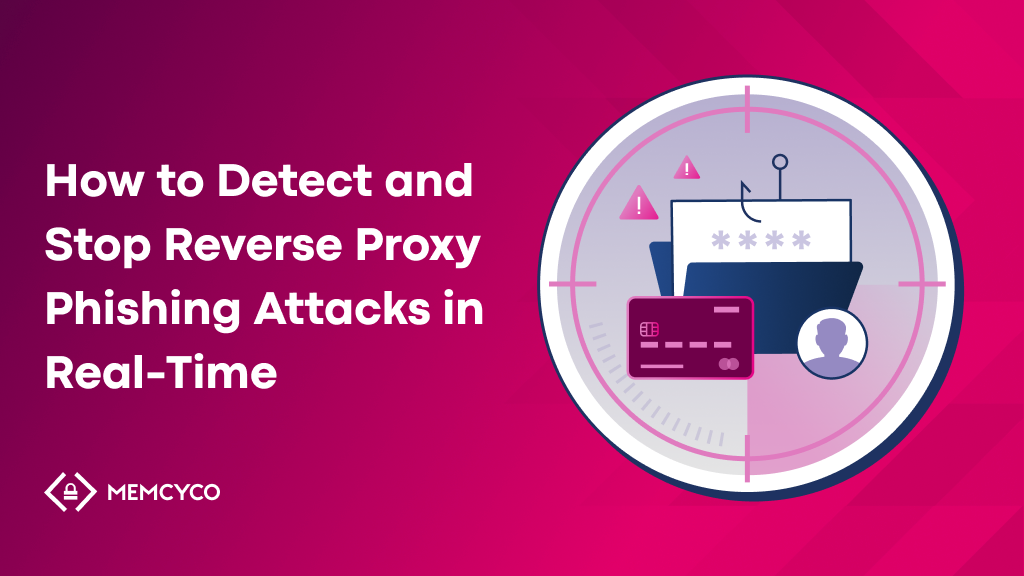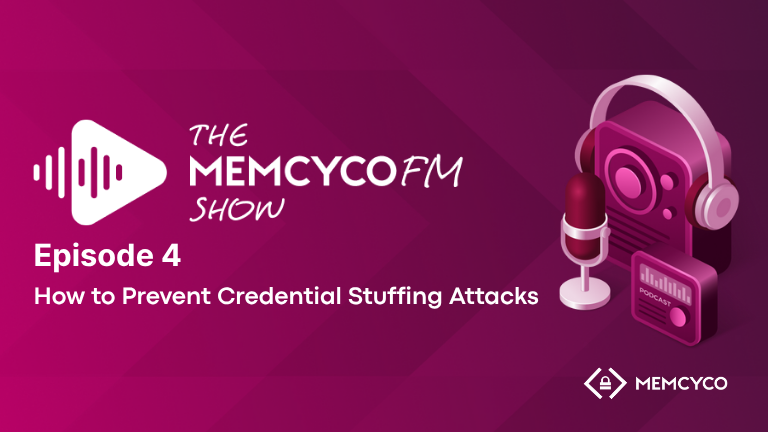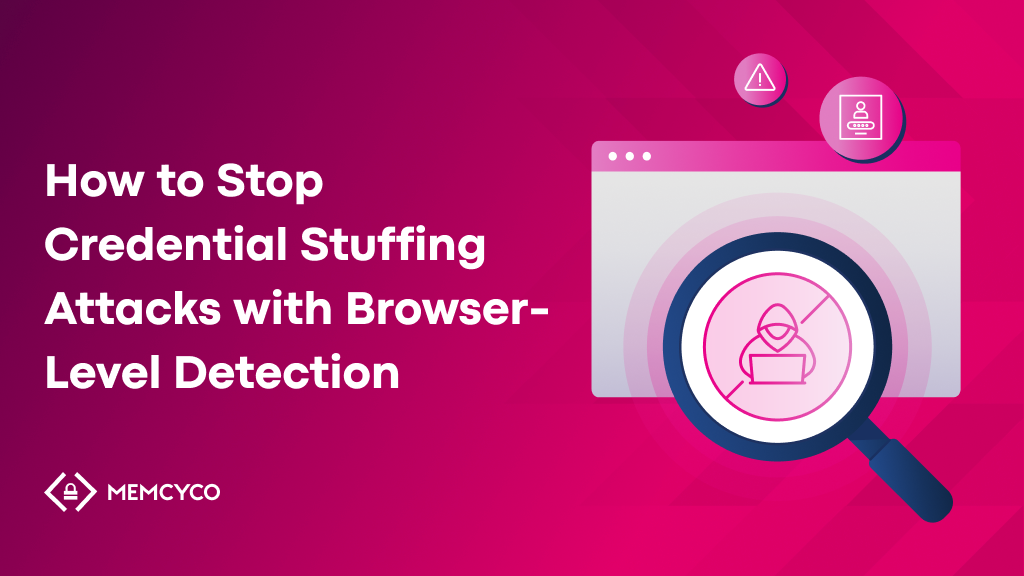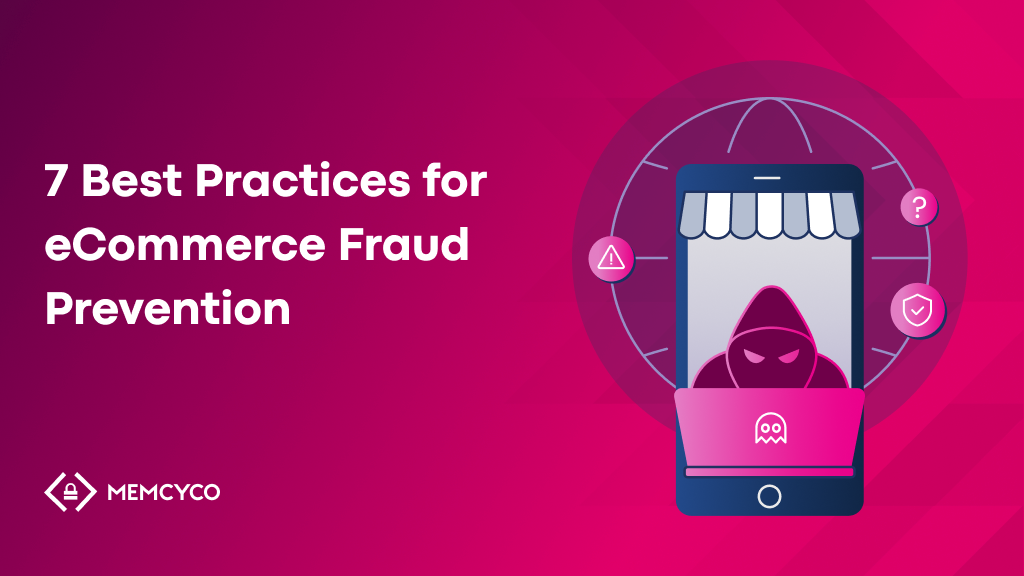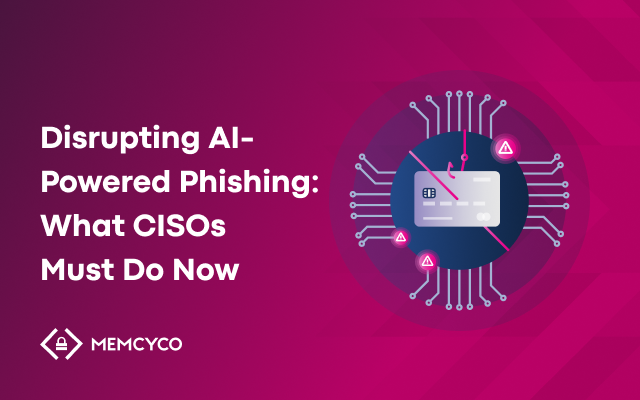When you think of “branding,” what comes to mind? Most associate it with a brand’s website, logo, or story, but that’s far from the whole picture. A brand’s identity has to do with the entire experience and the feelings a business evokes in its customers, partners, and employees. On the other hand, its integrity has to do with the ability to sustain this for the long run–when a brand’s identity loses its authenticity and integrity gets lost, end-user trust tends to go with it. And you know what tends to compromise brand integrity? Holes in your security.
Just one impostor breach can lead to significant financial loss and shatter a brand’s reputation. Recent examples show that brands striving to protect users’ personal information and provide them with a safe environment online get the highest marks among consumers. And if something goes wrong, simply apologizing isn’t enough.
Taking accountability for security is the way to prevent loss of trust and protect your brand integrity, which is why marketing and security teams must work in synergy.
This blog explores the key challenges and success factors for brands aiming toward that goal.
Why Brand Integrity matters for establishing digital trust?
As Edelman’s 2019 research reveals, trust is a universal need amongst consumers independent of age, income, country, and gender. More recently, McKinsey emphasized that point in a 2022 survey demonstrating why establishing digital trust might lead to business growth. It’s very simple: If brands don’t build trust, consumers won’t buy from them.
Seeing how brand integrity is what impacts how your products and services are perceived by everyone, protecting it should be one of your top priorities. However, although a majority of consumers believe that the companies they do business with provide the foundational elements of digital trust (which McKinsey defines as confidence in an organization’s ability to protect consumer data, provide transparency around its use of AI, and implement other cybersecurity measures), most companies aren’t putting themselves in a position to live up to those consumer expectations.
Here’s how brand integrity may manifest in your business and why protecting it matters:
Foster brand consistency.
Did you know that brands noticed a 33% increase in revenue once they started ensuring that their values, image, and messaging were consistent across all channels? Maintaining consistency helps customers position you as a business and remember what you stand for. Customers appreciate this, which makes for a good signal that your brand integrity is strong.
Build a human voice in the digital world.
Connecting directly to your users and using casual communication styles like Venmo in financial services helps your brand come across as honest, authentic, and vulnerable. In turn, this helps to counter your cynics. Avoid using jargon or legalese to foster more trust over time and build integrity with your most discerning customers.
Grow consumer confidence with public opinion and sentiment.
Keeping track of customer feedback, being open to listening to your market, and sense check your messaging against what your users are saying are good ways to ensure your brand integrity is healthy.
Stand out with excellent customer experience.
73% of US consumers say great customer service makes companies stand out for higher confidence, trust, and connection. Part and parcel of this means streamlining your buyer’s journey and being able to convey confidence and security throughout the process. More on that later when we explore how you can secure your online interactions with customers to support them while protecting your brand integrity.
Influence sales beyond your product.
Over 70% of consumers consider corporate trust before buying. This includes reputation, supply chain, values, environmental impact, and a brand’s willingness to place customer well-being before profit ratings. The takeaway is simple: Customers can distinguish integrity from false promises, so act according to your business ethos and core values for success.
3 Steps to Protect Your Brand Integrity
Each time your users come into contact with your brand, they expect a consistent experience. Online interactions can involve multiple parties from different vendors, and all of them need to be secured for customers to feel safe. Without security against site impostors or email domain impersonators, brands risk losing trust due to spoofing and fraud–often without knowing what hit them. Greater digital safety is required to go above and beyond expectations in the increasingly competitive market. To earn their trust, you must make users feel safe throughout every transaction with your business. Here are three steps that can help you bring this vision to life:
1. Be consistent across all brand touchpoints
Your brand integrity is built and nurtured across all your consumer touchpoints. Maintain a cohesive and consistent look and feel across all your marketing and communication efforts. Adding visual cues to all your emails, text, and sites is a great way to achieve this while helping consumers understand what your brand stands for. Visuals can help users remember and identify your brand more easily, differentiating it from competitors and impostors.
Take this one step further and make end users feel safe with visual cues that validate all your sources of communication. For example, a point-of-impact protection watermark solution makes users less hesitant to click on your links because your security stamp assures them that your brand’s authentic communication campaigns are indeed authentic.
Without this, it can be challenging for end users to distinguish real messages from fraudsters, leading them to avoid engaging with brands out of fear that they may fall victim to phishing and other scams. Authenticity needs to go both ways.
2. Deploy permission management to minimize risks
There are many aspects of brand integrity that traditionally fall under the care of the marketing department. But let’s talk about the critical role of security teams in maintaining your brand integrity. With the proper permissions in your security posture setup, security teams can help to reduce the risks of large-scale imposter damage.
As a rule of thumb, give employees access only to what’s relevant to their role. This ensures information doesn’t risk falling into the wrong hands. Even if employees do fall victim to attacks by impostors, hacker access would be limited. So, they can only access digital assets through that targeted account’s limited permissions.
3. Establish systems that sound the alarm before your brand integrity disappears
Hackers are notorious for taking advantage of websites to target victims online. Thankfully, there are cybersecurity tools designed to prevent this from happening. With a Proof of Source Authenticity (PoSA) solution, your security teams are ready to detect fraud attempts and deploy pre-emptive protection:
- Alert your security teams upon impostor action to copy the site or phish users.
- Alert your customers in real-time of any potential cybersecurity risks before hackers use your brand’s reputation to target your audience.
- Authenticate all your sites, landing pages, and campaigns with a unique, personalized watermark to make it easier for customers to identify which messages are genuinely coming from you and which ones may be fakes. The solution provides immediate, frictionless visual confirmation of security to all your end-users so they can confidently engage with you online that your channels and communications are legitimate.
- Customize the watermark solution to your brand specifications to maintain branding consistency throughout your customer touchpoints.
Protecting Your Brand with a New Level of Online Safety and Trust
Ultimately, we’re all striving for a digital world where businesses and users can engage and transact with complete confidence, without fear. Fostering trust in your customers helps to counter the growing fear of hacker phishing and spoofing. Getting alerts at the point of impact can stop attacks in their track, protecting your customers and brand integrity while earning more clicks on your links.
Schedule a demo and see how Memcyco’s Proof of Source Authenticity (PoSA™) solution and personalized watermark can help you strengthen your brand integrity and online safety in minutes – with a single line of code.


